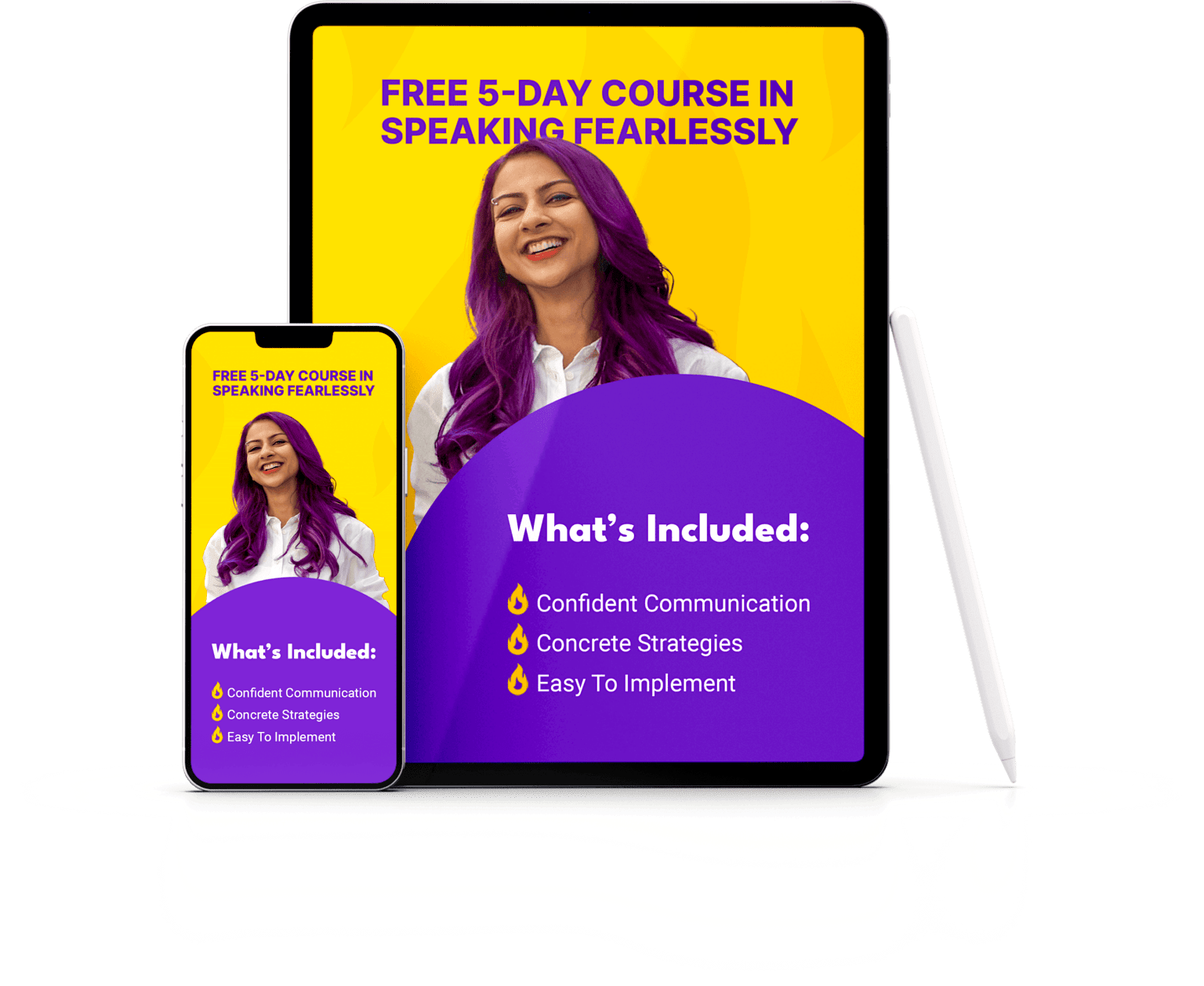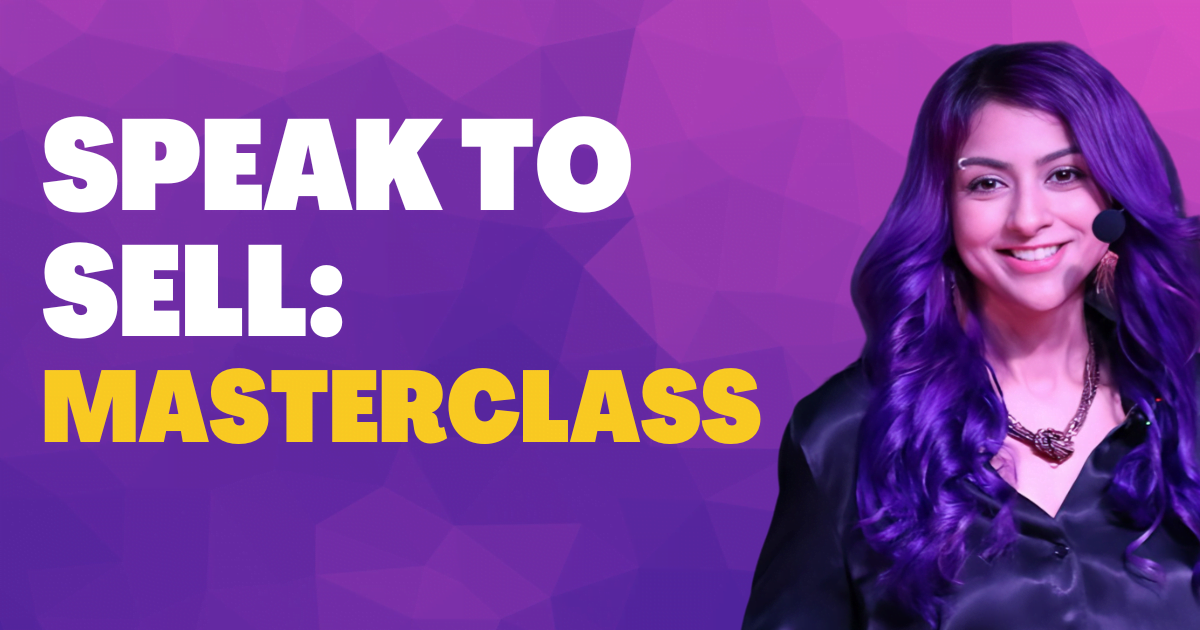I remember my third day at work at Procter & Gamble.
I was 22, looking in wide-eyed curiosity and wonder at everything around me. I sat in on a high-stakes meeting – a monthly sales target-setting meeting for a top brand.
There was one person in particular who seemed to exude nervous energy.
He looked super serious, he hurried in and sat down wordlessly with a sheaf of papers. He didn’t even look up to say hi or acknowledge anyone else in the room.
It was the brand manager who had to lead the meeting.
He managed to present the data – but every single time his boss or his boss’s boss asked a question, he looked like he wanted to sink and disappear straight into the floor.
It was excruciating to watch.
After observing and coaching C-level execs, I’ve realized that the #1 reason people get nervous before presenting to senior management is: “What if they ask me something I don’t have an answer to?”
It’s a real concern.
If you don’t have the answers “they” are looking for, you could be perceived as not knowing what you’re doing.
Not being on top of your game.
Not belonging in your seat at the table.
So here’s an actionable strategy for never feeling like you’re out of your depth, no matter what questions life, journalists or the Board throw at you.
(Yes, you can use this strategy for board presentations as well as interviews and talks!)
Prepare for the “who” and the “why” before the “what”.
People don’t ask questions in isolation.
If you want to get better at anticipating what questions you might get asked, get better at understanding WHY a SPECIFIC type of person might ask you a question.
Use this framework:
Profile
🔥 Profile your question-askers: divide them into specific segments based on their roles, stakes, interests. If you’re preparing for a specific interview, look up the journalist and find the last 7 interviews they’ve done and look for patterns in what they ask for.
Find
🔥 Find out what they’re going through currently: Are they dealing with uncertainty in the supply chain? Are they thinking about growth and expansion or survival? What news might they have read that morning that would surprise, alarm or please them?
Create
🔥 Create a list of anticipated questions based on your knowledge of the question-askers and their current circumstances.
Develop
🔥 Develop potential responses, keep the “why” in mind: why would this person, with this background/role ask me this question? What’s in it for them? What is their drive?
People ask questions for several reasons: curiosity, to look good, to provoke. If you understand the motive, you understand how to respond.
Know
🔥 Know the question you will answer. There are 3 types of questions: the one that is being asked. The one that you hear. And the one that you will answer. When you’re responding to the question, don’t be afraid to mix it up.
Respond to a question you WANT to answer instead if the stakes are lower (journalist interview, non-crisis situation). This way, you can hit your own talking points instead of just letting the question-asker dictate the flow of the conversation.
I’ve used this framework when helping clients prepare for high-stakes investor meetings as well as for interviews with controversy-seeking journalists.
It works each time.
The key is to incorporate anticipating questions and coming up with responses in your rehearsal and prep process.
And if we talk about high stakes, how about an interview with someone who flies for a living? I speak to the amazing and impressive Jamie Martin, the Director of the Center for Australian Army Leadership on this week’s Speak as a Leader podcast. Jamie talks about how learned to lead in the skies as the team leader for pilots.
For those of you who know how much of a “free-thinking” hippie I can be, this was definitely an interview I won’t forget.
Till we meet again, speak fearlessly!
💜 Nausheen

